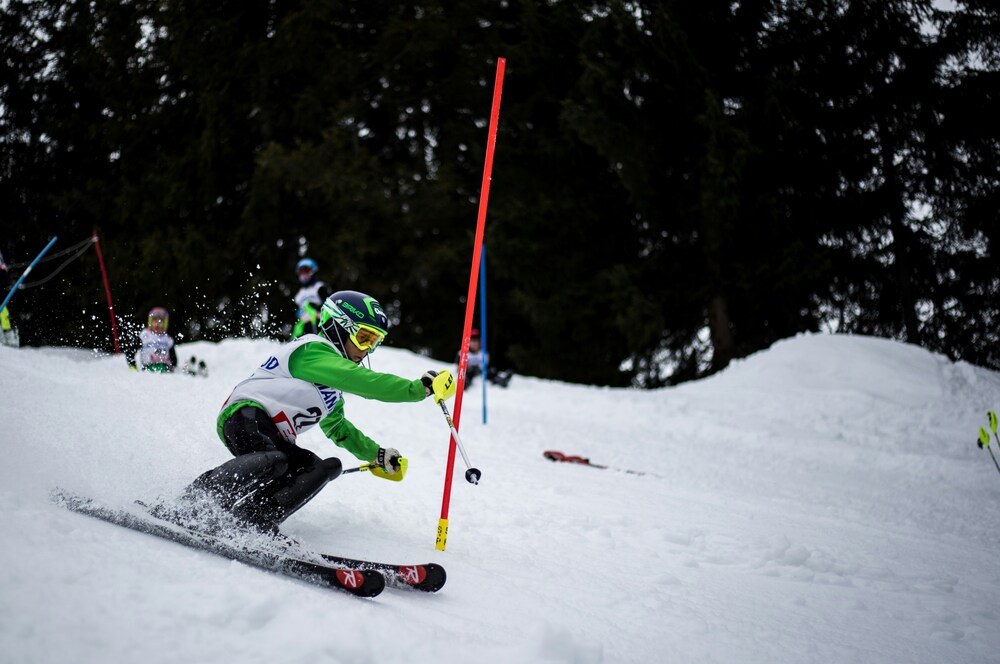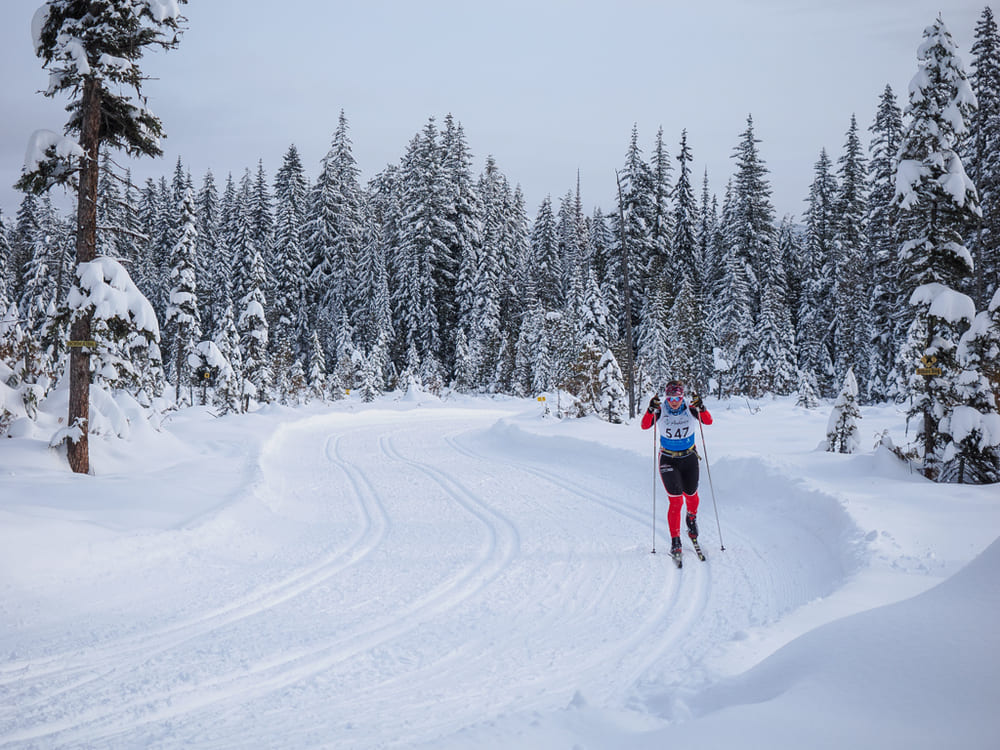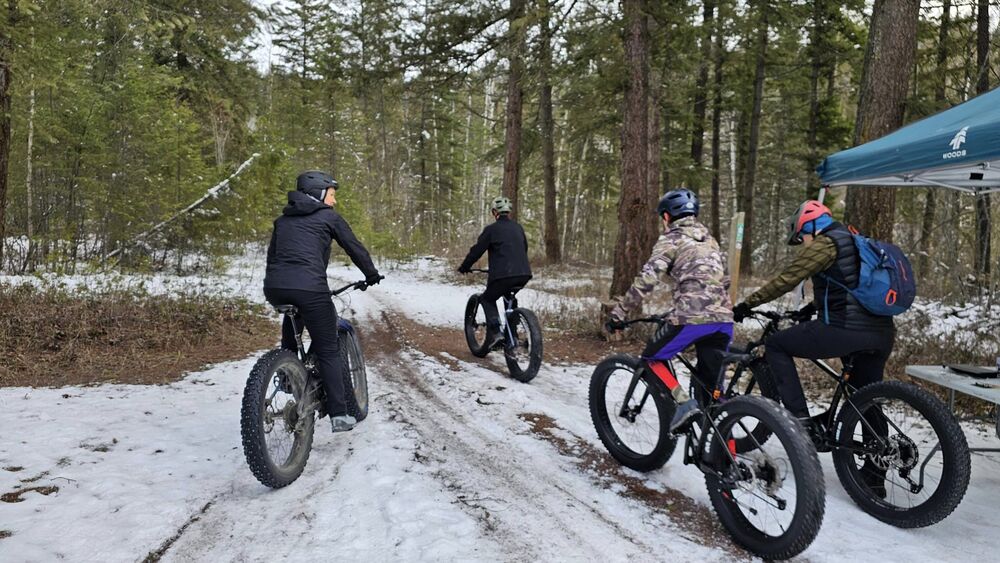Training for a ski race requires a detailed and disciplined approach, both physically and mentally. Whether you are aiming for local competitions or preparing for professional-level races, it is vital to build the correct skills, endurance, and mindset. Proper physical conditioning, effective strategies on race day, and mental resilience are key components to achieving success in this demanding sport. This article will explore various exercises to help improve your skiing performance, strategies to implement during a race, and ways to mentally prepare for the challenge ahead.
Strength Training for Ski Racing
Strength training is the foundation of any successful ski racing regimen. Ski racing demands powerful legs, a strong core, and overall muscular endurance to maintain form and power through turns. Effective strength exercises should focus on building explosive power and stability in the lower body while also emphasizing balance and coordination. Squats and lunges are two of the most critical exercises for skiers, as they target the quads, hamstrings, and glutes, all of which are necessary for maintaining strong positions during races.
Incorporating variations like jump squats and lateral lunges can enhance power output and improve your ability to absorb impact when navigating downhill terrain. Deadlifts and kettlebell swings also play an important role in strengthening the posterior chain, providing the stability and force needed for a strong push-off at the start gate. Additionally, exercises like leg presses and calf raises work to increase the endurance of these key muscle groups, allowing you to maintain peak performance throughout the entirety of the race.
Balancing strength with flexibility is equally important. The constant dynamic movement required for skiing can strain your muscles and joints. Stretching exercises, particularly targeting the hips and hamstrings, should become a regular part of your routine. Flexibility will not only prevent injuries but also allow for smoother, more efficient movement on the slopes.
Aerobic and Anaerobic Conditioning
While strength training is essential, it’s only part of the equation. Ski racing also requires a high level of aerobic and anaerobic conditioning. A skier must develop the ability to push themselves at high intensity for short bursts while still maintaining stamina over the course of the entire race. To achieve this, a combination of cardiovascular exercises and interval training is highly effective.
Long-distance running, cycling, and rowing are excellent aerobic exercises that build the endurance needed to last through an intense ski race. To complement aerobic workouts, interval training, such as high-intensity interval training (HIIT), focuses on short, explosive efforts followed by brief recovery periods. These efforts simulate the demands of a ski race, where short bursts of intense energy are required to navigate difficult sections, while racers must recover quickly during less challenging stretches of the course.
Moreover, incorporating hill sprints or resistance-based running can replicate the uphill climbs or downhill resistance encountered in ski racing. By practicing these exercises consistently, racers can develop the cardiovascular strength to sustain high speeds while maintaining the ability to recover quickly between turns or different sections of the course.
Technical Skills: Developing Proper Form and Technique
In addition to physical conditioning, mastering the technical aspects of skiing is essential for race day. This includes improving your stance, perfecting turns, and learning how to optimize speed while maintaining control. One of the key factors in ski racing success is efficiency in movement; every second counts, and refining your form can lead to faster times without additional exertion.
Practicing with a coach or expert who can correct your stance and point out areas for improvement will greatly enhance your ability to execute sharp turns and manage speed. It’s important to focus on angulation, the way your body leans into turns, and edge control, which affects how well you grip the snow during those turns. To train these technical skills, practicing on a variety of slopes and different snow conditions is crucial. Experiencing different terrains sharpens your ability to adjust to unexpected changes in race conditions, which often separate the good racers from the elite.
Drills that emphasize maintaining body balance and forward lean, such as skiing on one leg or practicing turns at slow speeds, help engrain proper technique into muscle memory. Gate training, where racers practice skiing through tightly spaced gates, is a tried-and-tested method for learning how to navigate sharp turns efficiently without losing speed. The more you practice this, the more fluid and intuitive it becomes, which can significantly reduce the risk of mistakes on race day.
Mental Preparation and Focus
The mental aspect of ski racing cannot be overlooked. Maintaining focus, managing nerves, and staying calm under pressure are all essential elements of a winning mindset. Visualization is one of the most powerful tools a skier can use to prepare mentally for a race. By mentally rehearsing the course, the skier can anticipate difficult sections, plan where to push harder, and prepare for the unexpected. Visualization trains the brain to respond calmly to stressful situations, making it easier to make quick, effective decisions during the race.
Many top athletes also utilize breathing techniques to stay calm and centered before the race. Controlled, deep breaths can reduce anxiety, sharpen focus, and help bring your mind into the present moment. Combining these techniques with a positive mental outlook can improve performance significantly. Focusing on what can be controlled, such as preparation, training, and attitude, rather than external factors like the weather or the actions of competitors, is critical for success.
It’s also helpful to break the race down mentally into smaller segments. Instead of thinking about the entire course, focus on key sections where you know you can perform well. This reduces the feeling of being overwhelmed by the length or difficulty of the race and helps the skier approach it in manageable pieces.
Race Day Strategy: Pacing and Energy Management
On the day of the race, strategy and pacing are key. Understanding when to conserve energy and when to push your limits can make the difference between finishing strong and burning out too early. This requires not only good physical conditioning but also knowledge of the course and awareness of your own limits.
For longer races, it’s important not to push too hard at the beginning. Many skiers make the mistake of going all out from the start, only to find themselves exhausted halfway through the course. Instead, conserve energy for sections where it will have the most impact. For example, it’s often better to maintain a steady pace on the easier sections and save your energy for difficult climbs or tricky technical sections that require bursts of speed or powerful turns.
On more technical courses, choosing the right line — the path you take down the slope — can shave seconds off your time. Racecourse terrain can be unpredictable, with some sections being more icy or slushy than others. Assessing these conditions during practice runs and adjusting your strategy accordingly is critical. The smoother and more efficient your line, the less energy you’ll expend and the faster your run will be.
Race-day nutrition also plays a part in how well you perform. Eating a balanced meal a few hours before the race, consisting of slow-burning carbohydrates, lean protein, and healthy fats, can provide the energy needed to sustain peak performance. Staying hydrated is equally important, especially if the race takes place at higher altitudes where dehydration can sneak up quickly.
Conclusion
In summary, preparing for a ski race demands a multifaceted approach that includes physical training, technical skill refinement, mental conditioning, and well-planned strategies for race day. Strengthening the legs, core, and cardiovascular system through targeted exercises is critical for maintaining power, speed, and endurance on the course. Practicing technical skills, such as perfecting turns and maintaining balance, will improve overall efficiency and reduce mistakes during the race. Mental preparation, including visualization and focus, helps athletes overcome nerves and stay calm under pressure, while strategic energy management on race day ensures that you perform at your peak when it matters most. Combining these elements can provide a well-rounded and effective preparation plan that positions any skier for success on race day.




